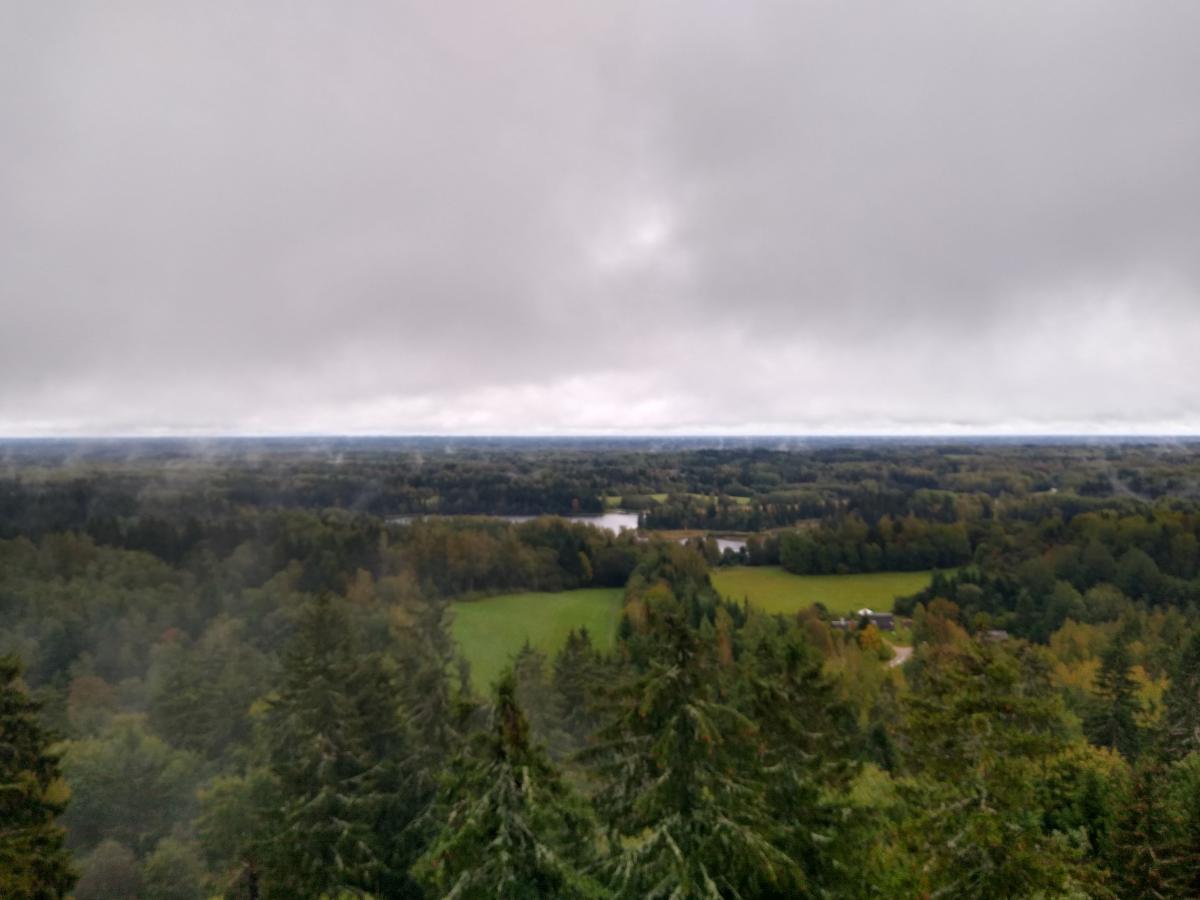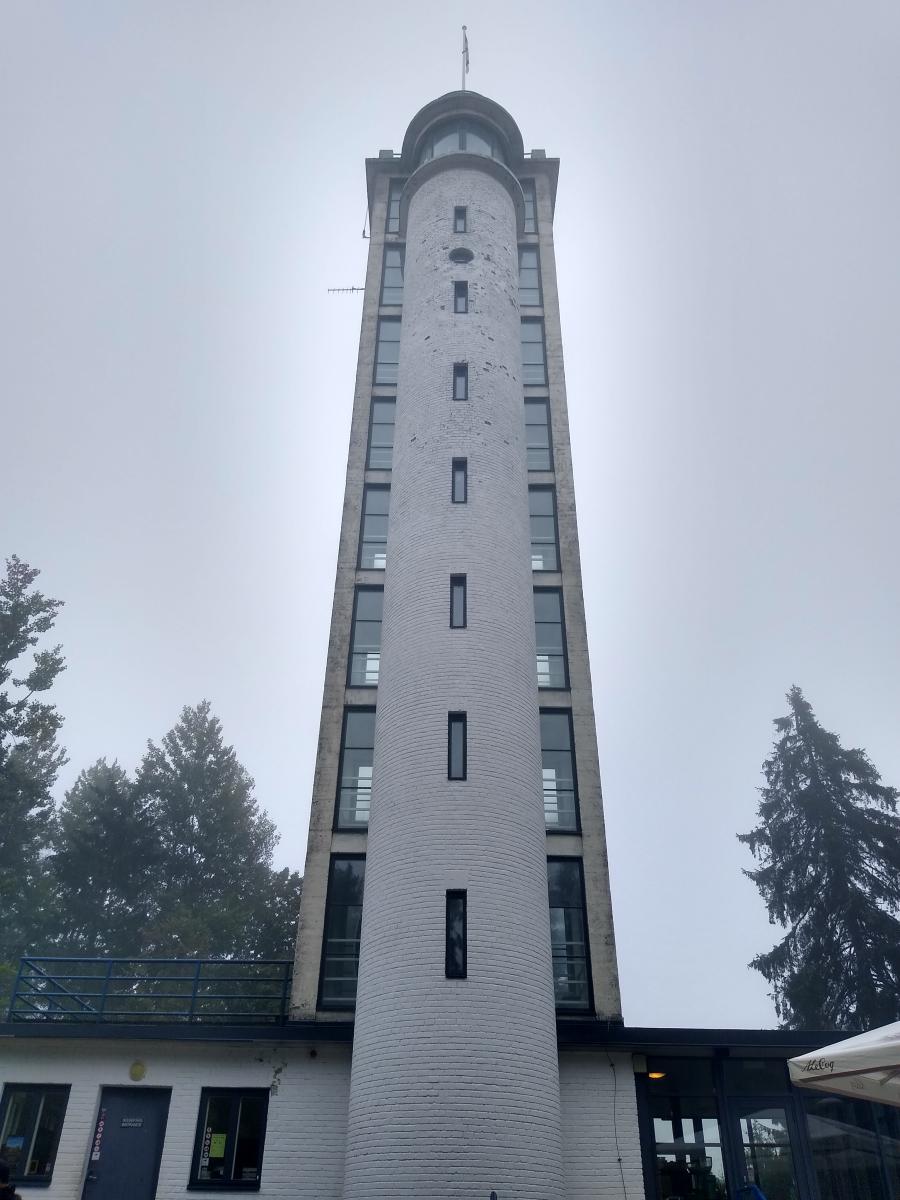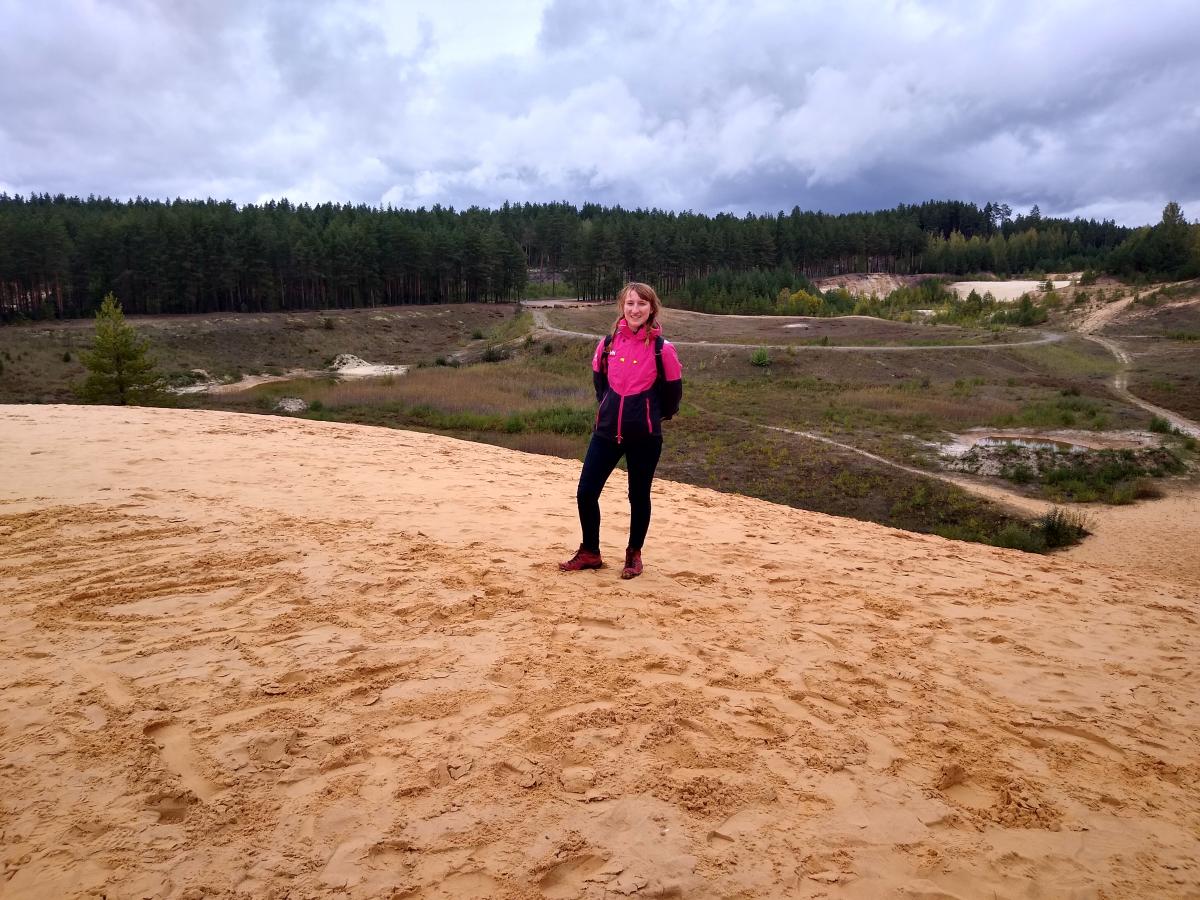One of the perks of being a an exchange student are the trips organized by the Erasmus Student Network: there’s always something happening that you can join. In Tartu, one of these events was the South Estonia trip, which I recommend for those wanting to get a better overview of what Estonia looks like.

Photo: Izabela Ginda
And I’ll tell you what it looks like...trees, lots and lots of trees. As we rode in the bus it was something to see, all this flat land and forests. You may think that “flat land” is a very strange way to describe a place, but I’ll get to that later.
Especially since autumn was starting, the view was a painting of oranges and greens. A feeling came over me: all I wanted was to sit under a tree with a blanket and tea as the leaves fell around me. But I had places to be. Our first destination was canoe-rafting. I had never heard of “canoe-rafting” before, so the whole way there we debated on whether we would be rafting, canoeing or kayaking - as they all were quite different activities. Apparently three canoes connected by wooden planks, making one large one on which people could sit on, was defined as “canoe-rafting”. I was one of the paddlers, as I’m always up to the task of working out….
We paddled through raging waters and barely made it out alive!
I’m kidding. It was quite calm: I even got many chances to relax and not do anything. Even though we were going upstream, we seemed to be floating merrily along. Only towards the end of our journey did we have to put our efforts together as the fallen branches made quite an obstacle course.

Photo: Izabela Ginda
Our next stop was the highest peak of not just Estonia, but also the Baltic States! It is called “Big Egg Mountain” or Suur Munamagi in Estonian. So I got out of the bus expecting a nice long walk up a mountain, brought my water bottle and prepared myself for some cardio. Up we went. Up we went about 318 meters. The walk up took only about 10 minutes! Now, that was the shortest mountain I’ve ever climbed. Still, it was worth taking a look out of the observation tower to see this beautiful country from the highest peak. The legend of Egg Mountain is also worth reading into. Based on Estonian folklore, a giant hero named Kalevipoeg travels to Finland to search for his kidnapped mother. Once he got to the area on which Suur Munamagi is today, he decided to take a rest. The ground deemed to be too flat for him, so he decided to scoop the dirt from the ground to create a bump or “pillow”. This led to the creation of Munamagi (Egg Mountain). During this amazing sleep, he also managed to create Vaskna Lake by rolling around.

Photo: Izabela Ginda
The final destination was the Piusa sand caves. And if you’ve never seen orange sand before this is your chance to see something new. Towards the back of the center, they have “The big sandbox”, a large area of ground filled with orange sand. I don’t know about you, but I love orange and seeing the view of an orange desert was simply fascinating. Once our tour guide was ready, we walked over to an observation platform to see the caves. Unfortunately, you cannot walk in the caves for safety reasons. Years of people visiting and touching the sand walls has led to the caves being closed to those who are not bats.
These sand caves were created by man and used for hand mining quartz, suitable for the manufacture of glass. The miners were planning on destroing them at one point, until they discovered bats hibernating inside the caves. Today, the sand caves are home to many types of protected species of bats that hibernate from October, the biggest wintering colony of bats in East Europe; there is a slight chance to see them if you visit the caves in the winter months!
Stay tuned for more stories and tips from our Student Ambassadors and get inspired to explore Estonia beyond the main cities!
Text: Izabela Ginda
